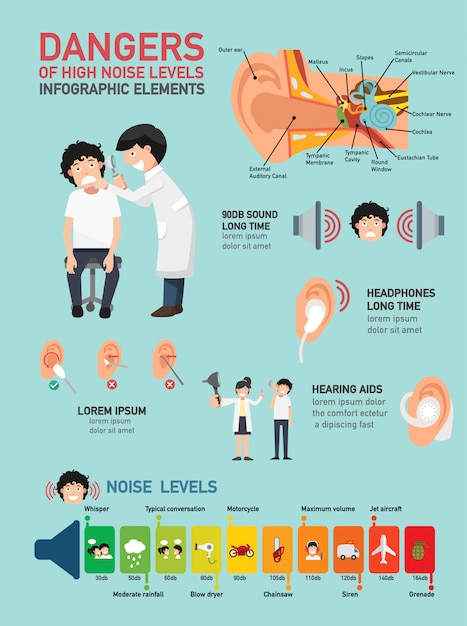Dyslexia Tutoring: Techniques And Techniques For Effective Knowing
Dyslexia Tutoring: Techniques And Techniques For Effective Knowing
Blog Article
Developed By-Lillelund Hove
If you're collaborating with a trainee that has dyslexia, you understand how vital it is to embrace the appropriate strategies. Tailoring your approach to fit their one-of-a-kind needs can make a significant distinction in their knowing journey. By including multisensory techniques and structured proficiency programs, you can help them construct important skills. But what particular methods can you execute to really promote their confidence and growth? Allow's check out these efficient methods together.
Comprehending Dyslexia and Its Influence On Discovering
Understanding dyslexia is important due to the fact that it impacts just how individuals learn and refine details. If you or a person you know has dyslexia, you'll discover difficulties with analysis, punctuation, and creating. learn more isn't a representation of knowledge; it's about exactly how the brain interprets language.
You may battle with phonemic recognition, making it hard to attach audios to letters. This can bring about disappointment and decreased self-confidence in academic settings. Recognizing these patterns is crucial for developing helpful knowing experiences.
You'll discover that very early intervention and customized methods can considerably boost outcomes. By comprehending the distinct methods dyslexia influences finding out, you can cultivate an extra comprehensive ambience, aiding those impacted prosper and realize their complete capacity.
Effective Coaching Strategies for Dyslexic Pupils
Identifying the obstacles dyslexic pupils encounter unlocks to efficient tutoring approaches that can make a genuine difference in their understanding trip.
First, use multisensory techniques; incorporate visual, acoustic, and kinesthetic techniques to involve them completely. Integrate structured proficiency programs, focusing on phonics, phonemic awareness, and vocabulary.
Break down tasks right into smaller, workable actions to stay clear of overwhelming them. Urge frequent technique and repetition, enhancing discovering without irritation. Use positive support to increase their self-confidence and motivation.
Tailor your approaches to their distinct staminas, and hold your horses as they progress. Last but not least, maintain open communication with moms and dads to support their understanding in your home.
Developing an Encouraging Understanding Setting
Creating a supportive knowing environment is crucial for assisting dyslexic students thrive. Beginning by making certain the space is quiet and without diversions, permitting them to focus completely on their jobs.
Use learn spanish poulsbo wa seating arrangements that advertise convenience and interaction. Include act prep classes near me and hands-on materials to reinforce learning concepts, satisfying their unique processing styles.
Motivate open interaction, so trainees really feel safe revealing their struggles and requesting for assistance. Celebrate their successes, regardless of exactly how tiny, to improve their confidence.
Develop a regular to supply framework, which can minimize anxiety. Last but not least, foster cooperation with peers, as social communication can boost understanding and provide emotional support.
Your efforts will develop a nurturing atmosphere that advertises development and strength.
Final thought
Finally, successfully coaching a dyslexic trainee needs a mix of understanding, tailored approaches, and an encouraging atmosphere. By utilizing multisensory strategies and structured proficiency programs, you can help enhance necessary abilities and boost confidence. Remember to keep interaction open, break tasks right into smaller steps, and commemorate progression, no matter exactly how small. With your commitment and the ideal method, you can make a significant distinction in their academic trip and total health.
